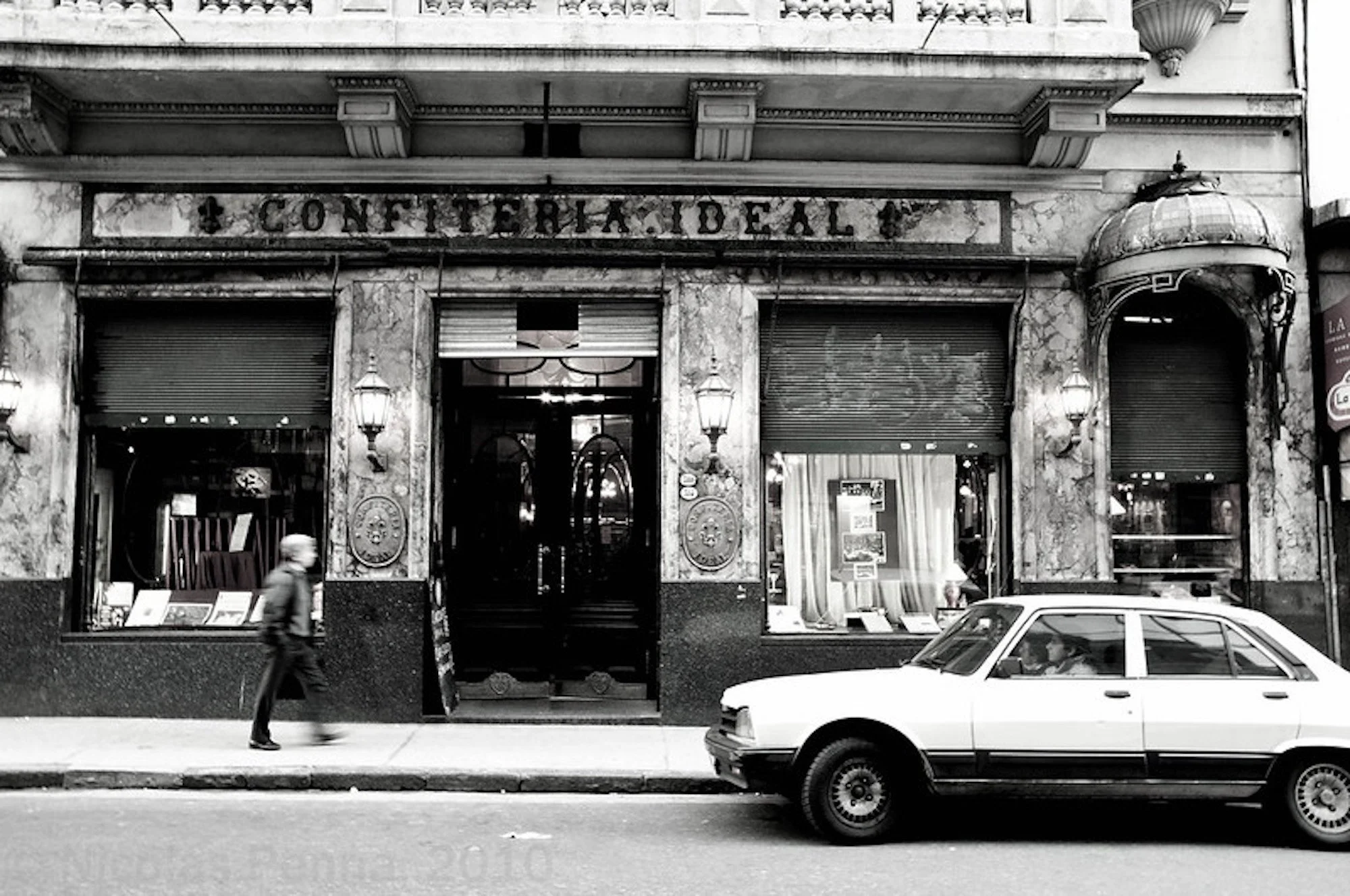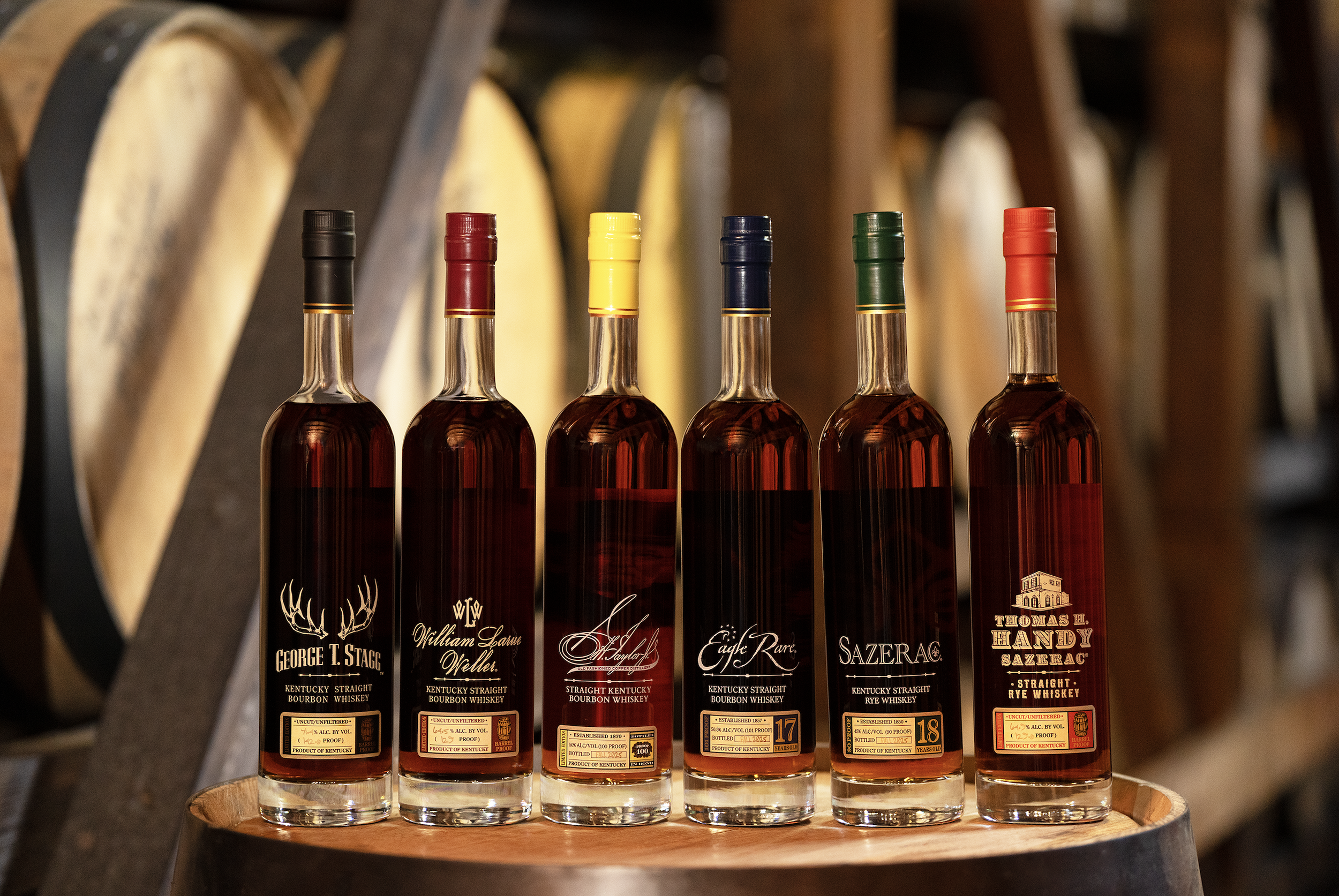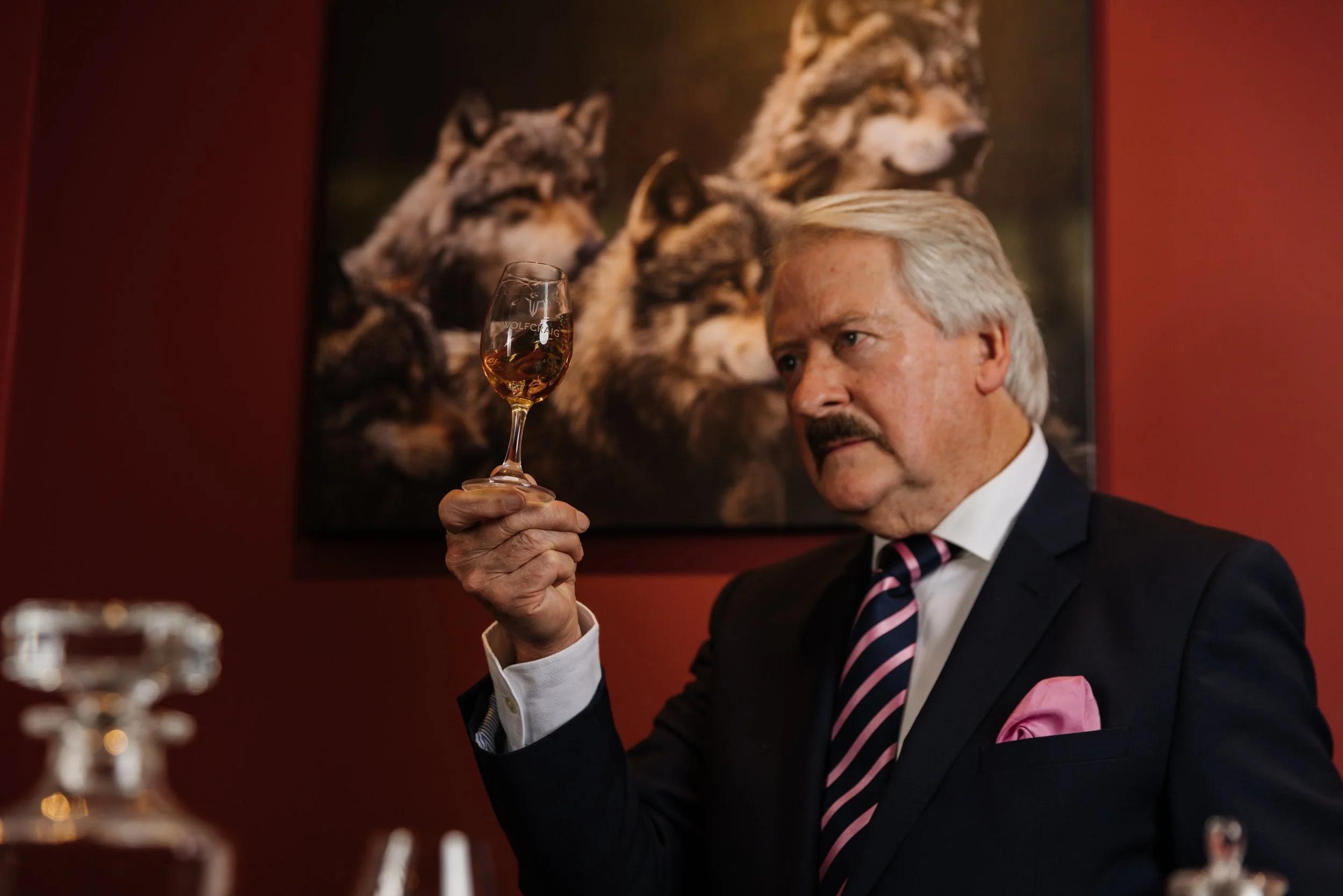Bar hopping through the barrios on a nostalgic night out in Buenos Aires
He lived in the city during the 1990s and pinballed his way across its fabled old-school joints, propping up the zinc bars of the old saloons from the days of tango and prosperity. Chris Moss swings back into Buenos Aires for Barley and finds the place still chaotically smitten by cheap whisky and faded glamour
In Buenos Aires there are no half measures when it comes to hard liquor. Because there are no measures at all. Sometimes a waiter will flash you a symbolic jigger only to pour over it and around it or to fill it twice and then chuck in a bit more. Basically if he likes you might get a triple or a quad.
I’m talking here about the traditional bars which can be anything’s from a grand café – one of the city’s so-called “bares notables” – to a near-bare room with a basic zinc counter. Spirits, beer and wine are served alongside coffee, atmosphere and deep nostalgia. Some, like the Café Tortoni and the Confitería Ideal, are opulent and ornately appointed, duping you (and loads of tourists) into believing the old fib that BA is the “Paris of South America”. My personal favourite varies depending on my mood, but I like La Farmacia in the Flores barrio – an old chemist’s for enjoying medication or poison – and El Simbolo on Avenida Corrientes, the main theatre and bookshop drag, is just a lovely, unpretentious local.
I lived in Argentina’s capital through the Nineties and fell in love with the old-school joints. I go back most years and revisit my haunts and set off on long missions (I’d call it flaneuring but in a grid-city it’s more hiking) to drink in new ones. They feel like a connection to the belle époque, the period between 1860 and 1930 when exports were booming, the city was beautified, and the sound of tango swept through the salons. Only a few bars survive from that time but they are magical repositories of collective memory – a big deal in a country where amnesia and demolition do a lot of damage.
Café Tortoni
BA has the most developed drinking culture in Latin America. It has an old, classy vermouth scene as well as a very on-trend, slightly trashy gin scene (one distiller infuses his spirit with yerba mate, the green tea Argentinians quaff day and night). There is of course a serious wine industry, mainly supplied from Mendoza and Salta but with lots of varietals and some blends now coming from Patagonia, the Pampas and Uruguay. There are local rough-edged but tasty brandies – which are often given out gratis after seriously long meals. Again, the jigger is a private joke between mozo (waiter) and client – and tip.
‘Only a few bars survive from the Belle Époque era but they are magical repositories of collective memory – a big deal in a country where amnesia and demolition do a lot of damage’
I’m mainly a whisky drinker. It goes with coffee. It goes with old bars. It goes with the night – and BA is a nocturnal metropolis that out-stays almost every other. When I first crawled the scene, my budget was limited to local blends. Old Smugglers is a honey-tinged Hiram Walker concoction made in Argentina apparently using imported Scottish malt. The Breeder’s Choice is another popular drink, with a touch of earthiness. Both need ice. The brand names channel regional archetypes. When Lima ran the Spanish empire, BA became established as an entrepôt on the far edges, full of contrabandists, pirates and privateers. This was Argentina’s early link to Britain and porteños – BA residents – still call the British ‘piratas’. Later the city became the export outlet for cattle, frozen meat, bull sperm and all things bovine. Give a gaucho a large Breeder’s and he’s an amigo for life.
Florería Atlántico, one of the city’s hippest bars
South Americans have a deep relationship with scotch whisky. An old university friend of mine came to visit when he was working for the Department of Trade and Industry. His job was to ensure every middle-class dinner table boasted a bottle of Johnnie Walker. Okay, his brief was a bit bigger than that but he assured me that the market in the Southern Cone – Argentina, Chile, Uruguay, Paraguay and southern Brazil – was important to Scotland. Every time I went for dinner or a party at someone’s apartment, whisky would come out to round off the do; a glass with whoever was headman in a family was a sign you had been accepted. I know, it’s absurdly sexist and old-fashioned; Argentina is like that. It’s also classist as hell and a new bottle of Gold, Red or Black label was a status symbol. The pricy Blue Label was also seen in more monied houses.
‘Every time I went for dinner or a party at someone’s apartment, whisky would come out to round off the do; a glass with whoever was headman in a family was a sign you had been accepted’
Another big Diageo brand, J&B, has pushed itself as a cool clubbers’ drink, sponsoring raves and fashion shows; J&B in Spain was lauded for a cross-generational, trans-positive Christmas ad. At well stocked off licenses you can always get a bottle of those overseas-dominating labels: Chivas Regal, Old Parr and VAT 69 – the latter was allegedly Shackleton’s favourite warmer, ideal for an Antarctic adventure out of Ushuaia on the Beagle Channel, at Argentina’s southern tip.
Confitería Ideal
With the Argentinian peso more volatile than an Andean volcano, you’d think the import of high-end spirits was impossible. But there are always dollars and BA has a lot of people with a lot of money and an appetite for the hedonistic. In chic hotel bars and well-heeled corner bars like La Biela (formerly a hangout for racing drivers) and cocktail-focused venues like Los Galgos the tender will always keep a collection of single malts; Macallans, Taliskers, Glenmorangies are familiar names. Porteños are notorious europhiles and emulators; whatever happens in London, Paris and Madrid happens here. Thus, at whiskey specialist Sede (the punning name means “HQ” and “thirst”) there are dozens of single malts, and bottles from Kentucky, Ireland, Japan. Here the official house slogan is “El whisky no tiene genero”. It doesn’t need translating.
‘With the Argentinian peso more volatile than an Andean volcano, you’d think the import of high-end spirits was impossible. But BA has a lot of people with a lot of money and an appetite for the hedonistic’
The city’s hippest bar – as in, the one that gets international laurels – is Florería Atlántico; here the mixologists have created a whiskey-based cocktail (apparently using Black Bun, the classic fruit cake – but how?) that honours one of Argentina’s Scottish colonies, down on the coast at Monte Grande. In May 1824, 220 people sailed out of Leith to work on three isolated farms. Argentina was not ten years old; indigenous raids were frequent. I bet the reckless pioneers needed a drink come nightfall. No fences, no roads, no lights. No measures.
Chris Moss is a travel writer based in Lancashire.









